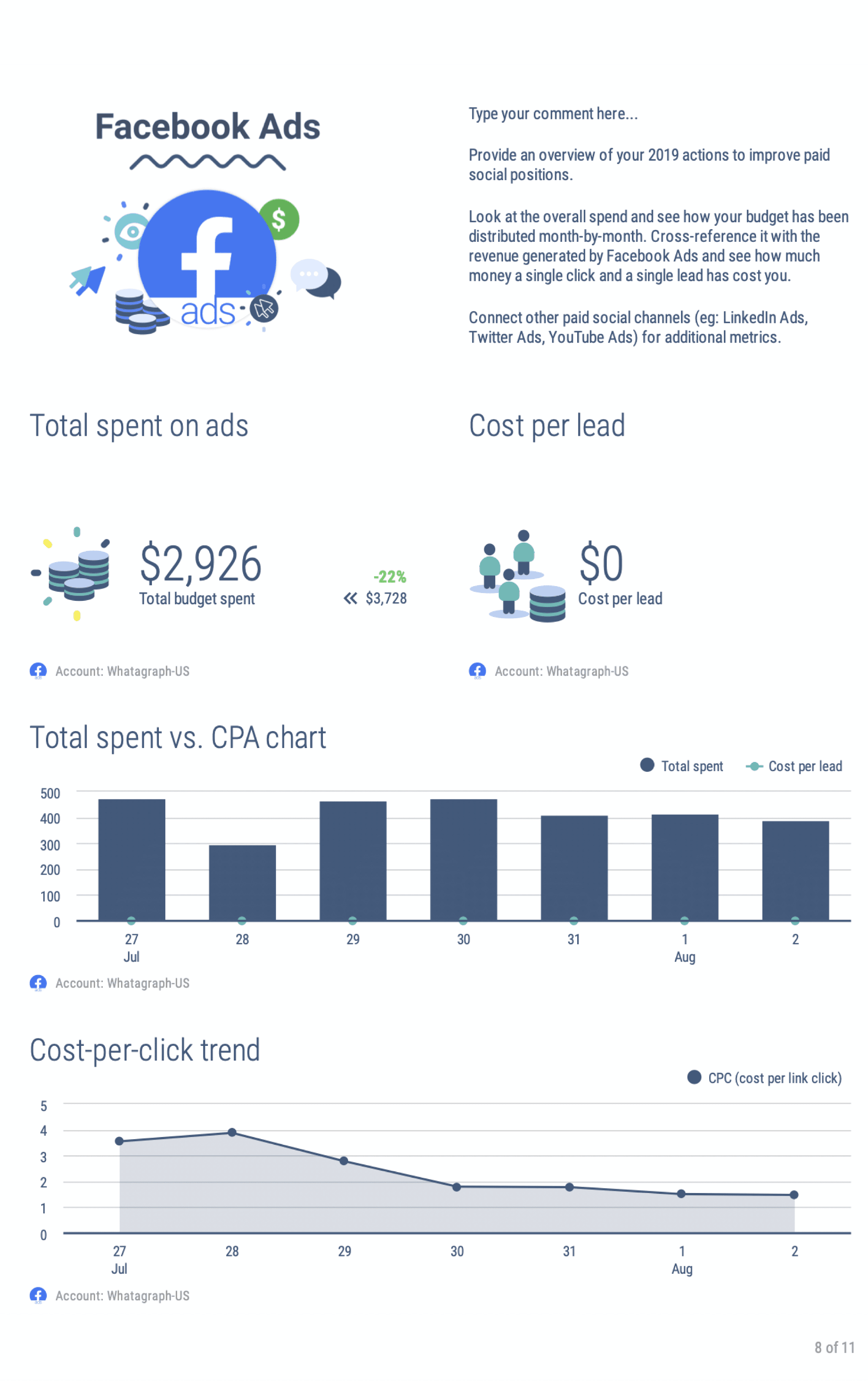What Is Data Intelligence?
You have probably heard terms like data intelligence, business intelligence, or business information. Furthermore, the context where you can encounter these phrases is very similar, so it’s understandable if you think the terms are interchangeable, or if someone uses the terms interchangeably. However, there is a clear distinction between all of those terms and what they denote, and for someone who is working or plans to work as a data analyst knowing the difference will definitely come in handy.

Aug 21 2020 ● 4 min read

What is Data Intelligence and Why Do You Need It?
Data intelligence can mean a few similar things. First, it can refer to methods and analytical tools that companies, institutes, or organizations use to gain better insight or understanding of the information they collect. It can also refer to companies that use data analysis findings to get more clarity on specific metrics and make more informed decisions for the future.
Data is collected usually from multiple sources, and through various means. This initial data that is obtained is called raw data because it’s challenging to use or read for that matter. To conduct data analysis, all the raw data must be in a unified format where it can be manipulated, filtered, and updated. Once data is analyzed, it’s typically presented via charts, maps, or graphs using data visualization tools. These presentations usually address some critical aspects of business like sell-through rates, marketing campaign impact, financial growth, etc.
To give a sort of unified definition, data intelligence is a precise insight on a given business aspect. It is acquired through data gathering and processing of the collected data using relevant data analytic tools or methods.
What is the difference between data information and intelligence?
Although data, information, and intelligence have very similar meanings, they do not denote the same things. This can be a bit confusing, so let’s examine each of these terms independently.
- Data - raw and unarguable individual facts that are obtained through various means. Examples can include several website visitors per month, dimensions of a particular field, the distance between two towns, etc.;
- Information - usually provides an answer to a specific question by combining and analyzing data. Examples: increased number of website visitors compared to a previous month or year, the difference between bounce and conversion rate on the website, etc.;
- Intelligence - something you can use to support or help with accurate decision making, or something that provides insight into the correct course of action to achieve desired results. Examples: customers bought a higher number of units of the same product that was packed in a red box; most of the purchases take place at the start of the month, etc.
As you can see, intelligence examples need to serve as a guide to a future course of action to achieve positive results. If you want more sales, you might have to change the package and focus your marketing efforts during the initial week of the month. Data would be how many packages were sold every day and box design. The information would compare all of those metrics, lay them into a comparative timeline, and display sales numbers based on package design.
What is big data in business intelligence?
Big Data is a science or a field that works on improving or finding ways to systematically extract and analyze data sets that are too copious or too complex to be processed by relying on traditional means. In other words, tools and software we have today are not sufficiently reliable to analyze big data.
However, business intelligence can be of use here as data is a valuable element of progress, and there are ongoing investments into tech that can analyze more data with better accuracy. In other words, any breakthrough brings us closer to big data solutions, as the same solution can be implemented on large scales if proven reliable.
Today we can see some of those attempts at play, but it seems that they don’t always hit the mark. The entertainment industry, or AAA games and blockbuster movies to be precise, have a vast audience, and as a result, they have to deal with big data. You have millions of users, and you want to ensure they come back for your sequels, for example. As these are users that come from different geographies, consist of different age groups, and have different backgrounds, it’s hard to extract the content formula based on their feedback, so very often, the companies examine their product. They break down the story plot, characters, marketing campaign, recent events, etc. And once those elements are isolated, they probably compare it to all the gathered demographics.
Unfortunately, this way is not reliable as all you get is the same formula with a few tweaks here and there that grows stale very soon. Of course, big data can have far broader implications than figuring out how to make a film or a game that everyone will love. Big data can be used for creating personalized marketing, monitoring health conditions by relying on data inputs from wearable devices, handling navigation software on a large scale, reporting and much more. That being said, raw data is always growing, and having tools that can make sense of it all for a specific context seems impossible, as more variables mean less fidelity.
How to get accurate data intelligence and use it
Now that we covered all the definitions and examples let’s focus on data intelligence and how it can be utilized. As mentioned, one of the ways of using data intelligence is to predict customer behavior and understand their preferences. The critical component here is accuracy or having both tools and staff that can produce valuable data intelligence.
One of the tools that you can use for creating sell-through rates, or measure the effectiveness of your ads is Whatagraph. It’s a software that you can easily use in conjunction with other tools that you rely on for gathering data, as it has an array of data integration options. Once you have the compiled data there, it will be easy to filter it or manipulate it into meaningful intelligence that c-suit members can use.

The idea is to minimize expenses by adjusting production to meet customer demand and to focus on marketing approaches that yield the most results. It also helps you by identifying gaps in your outreach strategy and figuring out how to increase your customer base. Any growing business knows that improving the customer base is the key to growth while retaining your valuable clients, so by extension, data intelligence is there to facilitate growth. It gives you answers to what you need to do, and how you should do it.
Published on Aug 21 2020

WRITTEN BY
Indrė Jankutė-CarmaciuIndrė is a copywriter at Whatagraph with extensive experience in search engine optimization and public relations. She holds a degree in International Relations, while her professional background includes different marketing and advertising niches. She manages to merge marketing strategy and public speaking while educating readers on how to automate their businesses.